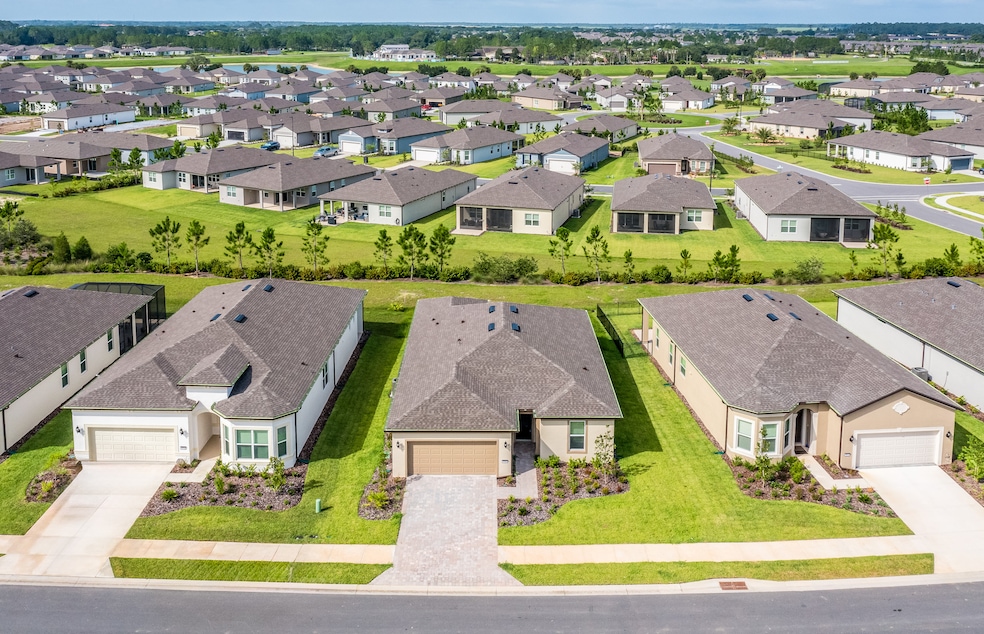Sales of newly built single-family houses blew past expectations, reaching their highest rate in six months and posting their largest monthly increase in a year and a half.
In March, newly built single-family houses sold at a seasonally adjusted annual rate of 693,000, that’s up 8.8% from the previous month, according to data released Tuesday by the Census Bureau and the Department of Housing and Urban Development. On a yearly basis, the pace of sales grew about 8.3%.
The last time sales expanded that fast was in December 2022, when sales of newly built homes increased 9.3% on a monthly basis. Analysts expected sales to grow, but only to between about 668,000 and 670,000 homes, Wells Fargo data showed.
The larger-than-expected growth comes after an unexpected fall in sales in February, which was revised even lower in the latest data. Buyer demand for new-builds has grown as lofty mortgage rates are keeping existing home owners “locked-in” to the low mortgage rates they secured during the pandemic. Combined with a shortage of existing homes, that’s caused seriously tight supply, but a great market for homebuilders, according to analysts.
Not only are consumers opting for newly built houses because of supply constrictions, but homebuilders are also able to offer incentives that aren’t an option when buying an existing home.
"The upturn in new home sales over the past year despite higher interest rates largely reflects builders' ability to offset eroding housing affordability conditions through price discounts, mortgage rate buy-downs and other incentives," Wells Fargo economists said in a statement. "A scarcity of available existing homes for sale and emergence of the 'build-to-rent' market have been other factors supporting demand. These factors have allowed the new home market to digest the higher interest rate environment relatively well."
A sale is defined “as a deposit take or sales agreement signed,” events that can occur before a permit is issued, officials said. Because of this, monthly, seasonally adjusted data can be volatile, and it typically takes about three months to establish a true trend in new home sales.
At the same time, the median price for a new home — a figure that regularly fluctuates — grew nearly 6% month-over-month in March. That could be because the use of incentives waned in February, according to economists.
"The increase in prices partly reflected a shift in the composition of sales toward higher-priced homes compared to February," Nancy Vanden Houten, lead U.S. economist with Oxford Economics, said in a statement. "The rise in prices may also be due to fewer homebuilders offering price reductions to encourage sales. Some builders may reintroduce price reductions if mortgage rates increase significantly from the current levels."
The supply of new houses for sale grew too, with 477,000 new homes for sale at the end of March, marking the sixth consecutive month of inventory growth and the highest number of new houses for sale since February 2008, according to the latest data. If sales continued at March’s pace, the market would have about 8.3 months of inventory to match buyer demand.

